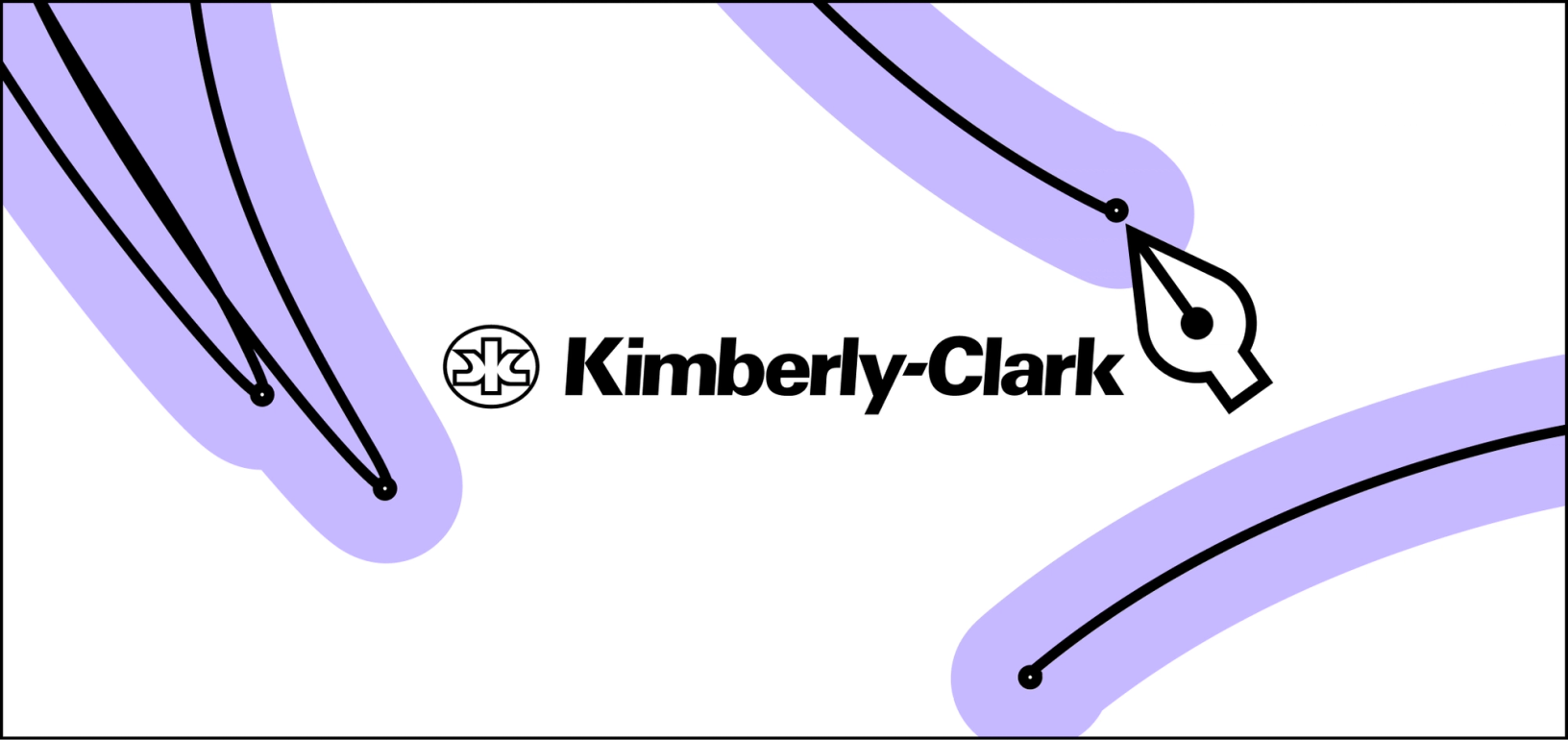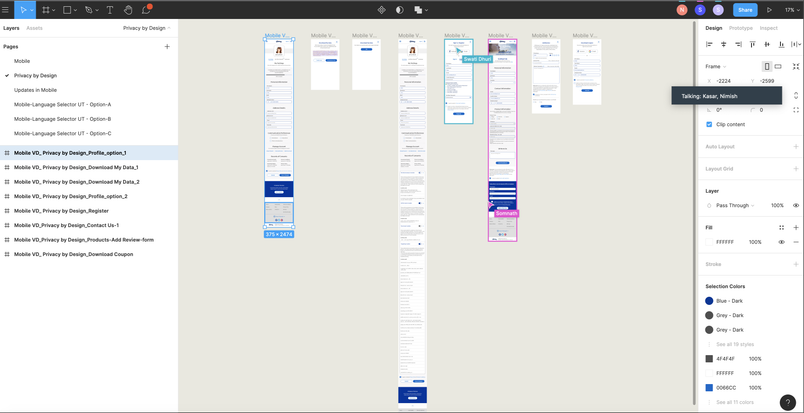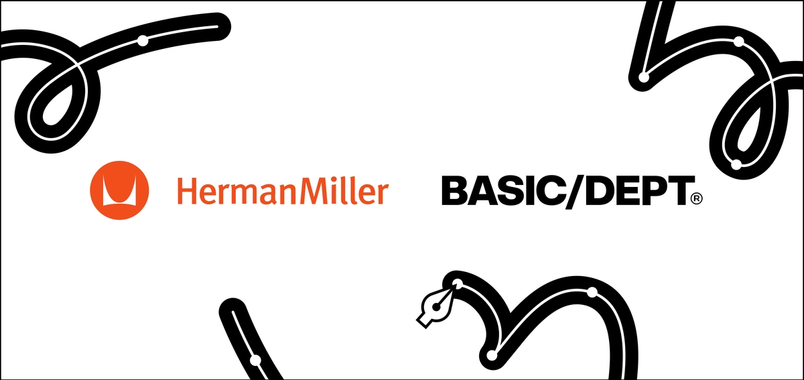How Kimberly-Clark brings your favorite paper products into your home


As Kimberly-Clark faced changing consumer preferences, stiff competition, and increased production costs, the team embarked on a new initiative to accelerate growth—all centered on their digital presence.
Since the coronavirus outbreak began, Kimberly-Clark, the company behind household brands like Kleenex, Scott, and Huggies, has had to increase production and reallocate inventory to where consumers need it most. In doing so, they beat Wall Street’s expectations this past quarter with a posted revenue of $4.61 billion.
But just a few years ago, the company’s growth curve told a different story. Even though a quarter of the world’s population touches Kimberly-Clark’s products every day, changing consumer preferences, stiff competition, and increased production costs stifled demand. Amid layoffs and cost reduction in 2018, they embarked on a new initiative to accelerate growth by the company’s 150th anniversary in 2022. At the core of this initiative was to double down on the digital presence of their personal care products.
Going digital starting with a web-based design platform
Today, Kimberly-Clark has over 400 global consumer-based websites and a large portfolio of digital products. From managing pricing, manufacturing, distribution, merchandising, shelving, sales, to people operations, every step of the process has a digital component to make sure their products get from their mills to neighborhood stores.
With so many brands and 175 countries to localize for, there’s a lot that goes into building a cohesive digital experience.
“We needed to start by changing how we worked,” said UX Manager, Andy Ford. “Our designers were jumping through so many hoops—spending weeks designing alone in proprietary Mac based applications, uploading files into a cloud prototyping platform, waiting for stakeholder feedback, going through the loop again to make edits. And when we were finally ready for development, we faced yet another hurdle when trying to hand-off design files to developers who were not on Macs. Obviously, this process slowed down how we launch new products.”
Having used Figma previously, Ford knew that consolidating tools within a single platform would solve these inefficiencies. “With Figma, everything is just there,” Ford said. “It becomes the single source of truth. Nothing is saved locally and anyone you invite can easily join to view and edit a file. Feedback meetings transformed into collaborative real-time working sessions with our various stakeholders. Everyone started to participate in the making process and could see design updates come to life in front of their eyes.”

71% increase in signups when design problems are solved as a team
While teams started closely collaborating and design workflows grew more efficient, it was also important to Ford to measure whether or not their work materially impacted consumers’ experience on their websites. To do so, he keeps a close eye on the engagement metrics the UX design team cares most about—bounce rates, return visitors, or time on site and signups for awards, coupons, or newsletters.
“One of our websites had a form that contained 13 fields because our marketing team wanted to collect lots of info upfront,” Ford explained. “But obviously more fields tend to yield lower signup rates. Instead of debating this in a meeting, our brand, marketing, and design teams all jumped into Figma together and designed a solution to reduce the friction down to 5 fields.”
After the new form went live, it led to a 71% increase in signups. “Because of Figma, we were able to solve the problems on the fly as a team and walk away all believing in the same direction,” Ford said. “This helps us get our products to market faster.”
Seeing the impact of these design changes, the team is already planning new digital initiatives. Next up: a new design system that integrates from Figma, to Storybook, to their code repository. As Kimberly-Clark approaches its 150th birthday, perhaps a new, more design-led chapter awaits.
For more stories and uses cases, check out how other leading design teams use Figma.
Related articles



